万里茶道湖北段文物主题游径——襄阳
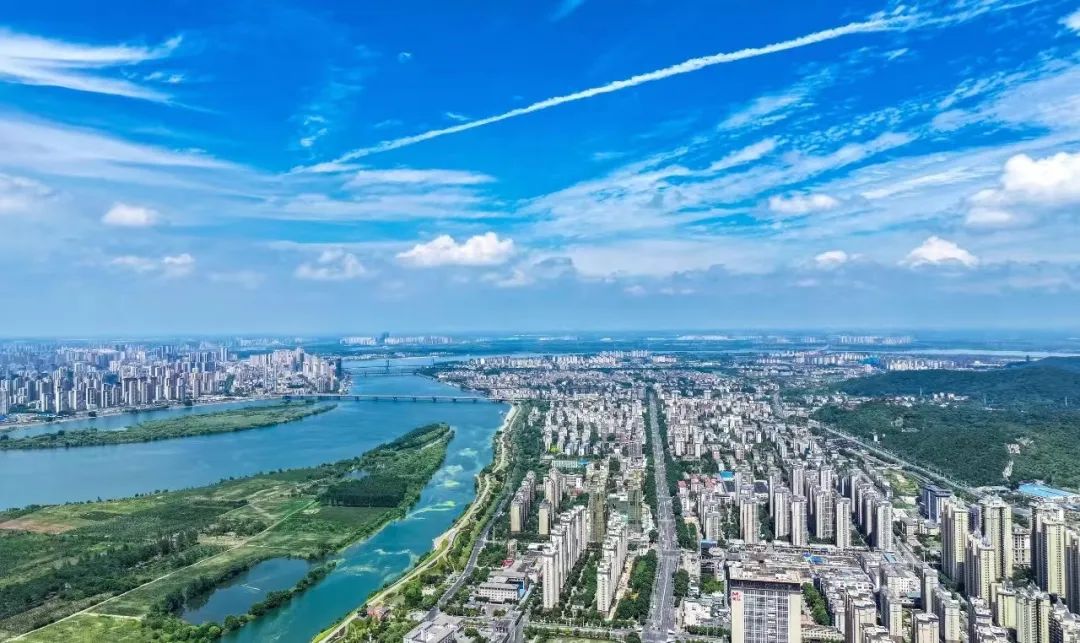
提到襄阳,你会想起什么?是梦回三国古隆中的静谧?还是那汉江古城墙前的波澜?亦或是襄阳牛肉面配黄酒特有的滋味?
When it comes to Xiangyang City, what comes to your mind? Peace in seclusion in Ancient Longzhong during the Three Kingdoms Period, great waves in front of Xiangyang Ancient City Walls by the Han River, or the special taste of the Xiangyang beef noodles paired with yellow wine?
这一次旅行,带大家深度体验文化路线——万里茶道湖北段文物主题游径,解锁隐藏于襄阳里的宝藏文化景点~
The trip will guide you to experience a cultural route in depth, Great Tea Route: China-Mongolia-Russia - Hubei Section Cultural Heritage Theme Routes, and unlock the hidden cultural attractions in Xiangyang City.
襄樊码头遗址
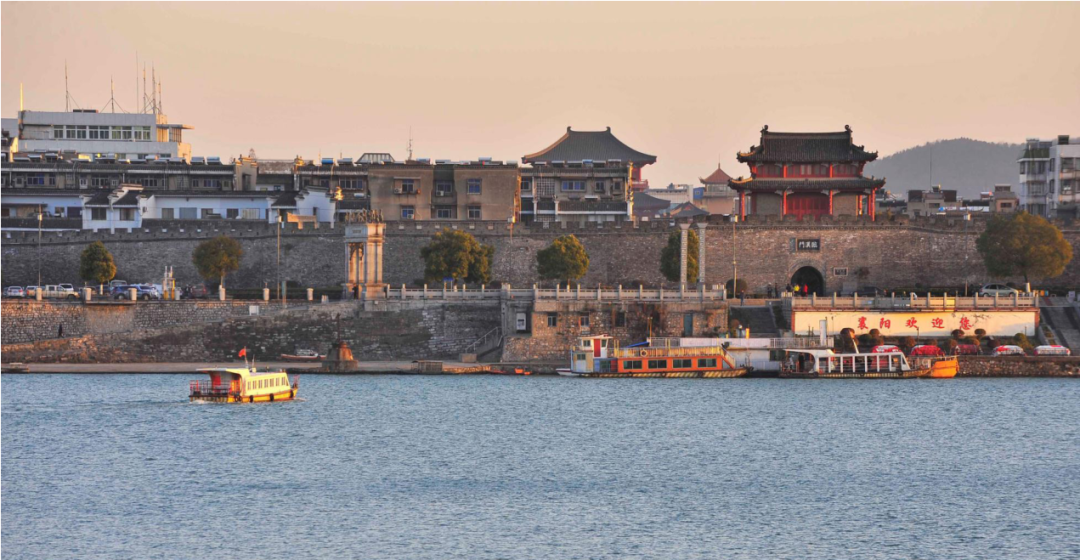
图源:万里茶道申遗
那承载着无数故事的襄樊码头曾是商贾云集、舟楫往来的繁华之地,见证了无数商旅的悲欢离合。而今,虽已褪去了昔日的喧嚣,但漫步于遗址之上,仍能感受到那份沉淀了千年的时光气息。
Xiangfan Wharf carrying countless stories was a prosperous one where merchants gathered and cargo ships frequently traveled back and forth. Nowadays, although the bustle of the past faded away,you can still feel the atmosphere of time that has been accumulated for thousands of years when strolling on the site.
襄樊码头遗址现为全国重点文物保护单位,是万里茶道重要的商贸、交通类遗存。
Xiangfan Wharf Site, currently a National Key Cultural Relics Preservation Site, is a commercial and transportation relic on Great Tea Route: China-Mongolia-Russia.
襄樊码头分布于襄阳市襄城、樊城汉水两岸,北岸樊城有17处,南岸襄城有9处,东西绵延6公里,是襄樊两城历史时期重要的城市交通设施。
Xiangfan Wharf is located on both sides of the Han River in Xiangcheng District and Fancheng District, Xiangyang City, with 17 wharves in Fancheng District on the North Bank, and 9 wharves in Xiangcheng District on the South Bank, stretching 6 kilometers from east to west. It was an important urban transportation facility in the historical period of two cities: Xiangyang City and Fancheng City.
襄樊码头的前身为春秋时期设置的具有渡口性质的北津、东津,并随着襄樊商业、交通地位的突显不断完善。现保存较好的码头有18座,其中12座分布于樊城南部汉水北岸,6座分布于襄城北部汉水南岸”。这些遗址不仅展现出“汉江明珠”“千年商埠”的昔日辉煌,还成为襄阳市民现在消暑、游玩、散步的主要地点。
Xiangfan Wharf Site, which was primarily Beijin Ferry and Dongjin Ferry set up in the Spring -Autumn Period, experienced continuous improvement with the prominence of commercial and transportation status. There exist 18 well-preserved wharves, 12 of which are located on the North Bank of the Han River in the South of Fancheng District, and 6 of which are on the South Bank of the Han River in the North of Xiangcheng District. All of the wharves not only display the past glory of “Pearls of the Han River” and “Millennium Commercial Ports”, but also become main locations for residents to cool off, go sightseeing, and take a walk.
襄樊码头是目前万里茶道(中国段)申遗推荐点里汉水水运中唯一的一个码头群,是万里茶道汉水水运最直接的实物见证。
Xiangfan Wharf, the only existing wharf complex of the Han River shipping on the Recommendation Sites for World Heritage Application on Great Tea Route (China section), was the most direct physical witness of the Han River shipping.
抚州会馆
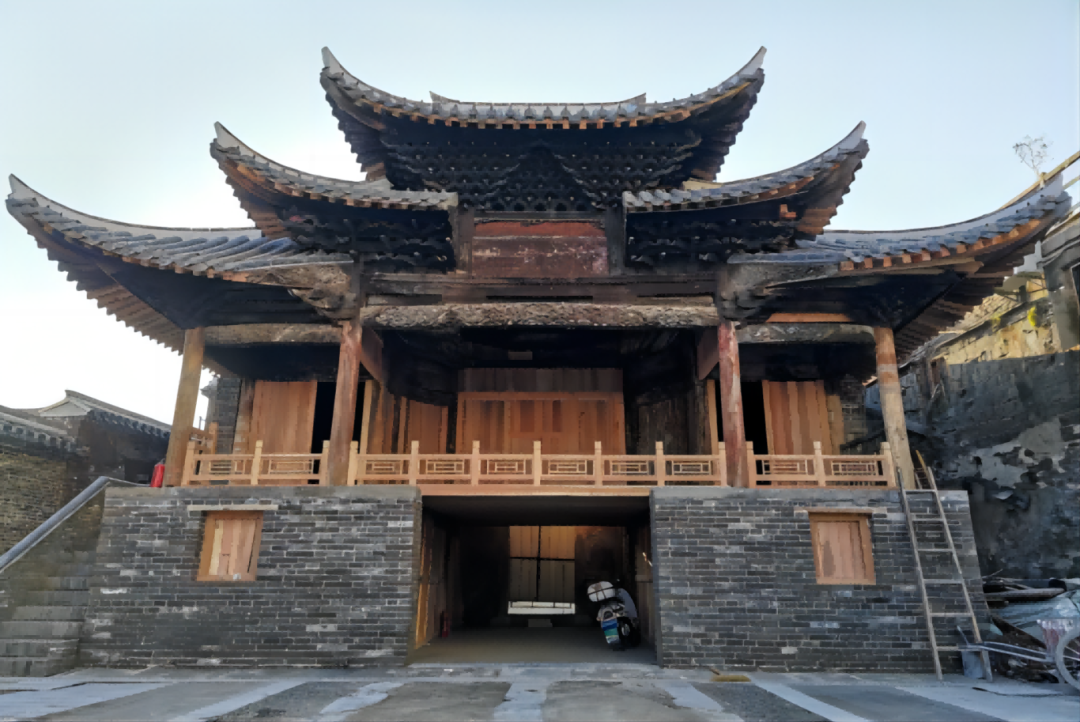
图源:襄阳文物管理处
走进抚州会馆,仿佛穿越回了清朝的商业盛世。这座会馆不仅是抚州商人在襄阳的聚集地,更是那个时代商业交流与文化传播的重要平台。
Stepping into Fuzhou Guild, one feels like traveling back to the prosperous commercial era of the Qing Dynasty. The guild functioned not only as Fuzhou merchants' gathering place in Xiangyang, but also as an important platform for business communication and cultural dissemination of that era.
江西抚州历史上称临川,州治称羊城。抚州会馆,又称羊城祠。是江西抚州临川商贾设在樊城的工商行帮机构。抚州会馆坐北朝南,现存有戏楼、拜殿和正殿。
Fuzhou City, Jiangxi Province was formerly known as Linchuan County, and Yangcheng Prefecture. Fuzhou Guild, also known as Yangcheng Ancestral Hall, was an industrial and commercial assistance organization set up by merchants from Linchuan, Fuzhou, Jiangxi Province. It sits on the north facing the south, and currently there exists a theater, a worship hall, and a main hall.
会馆戏楼前方匾额上题写的“峙若拟岘”4字别有来历。宋代抚州太守裴才,崇拜西晋时镇守襄阳的镇南大将军羊祜,遂模仿襄阳城南岘山上纪念羊祜的岘首亭,在抚州城外修建了一座相似的高大观景台,直接命名为“拟岘台”,成为抚州著名的景点,当时的江西人把登拟岘台当作一种身份的象征,于是,抚州客商在建造抚州会馆戏楼时,在匾额上题写了“峙若拟岘”,寓意戏楼像“拟岘台”一样峙立在樊城街头,正与襄阳岘山的岘首亭遥相对望,既有利于增加同乡人的凝聚力,又可舒缓久居他乡的浓烈思乡之情,无意间还拉近了与襄阳人民的感情,为其在襄阳的经商营造了一个良好的氛围。
The four Chinese characters “Zhi Ruo Ni Xian” inscribed on the theater plaque go back to a moving story, which goes that Peicai, one satrap of Fuzhou in the Song Dynasty, worshiped Yanghu, the Great General Guarding the South, Xiangyang in the Western Jin Dynasty, imitated the Xianshou Pavilion built on Xianshan Mountain in the South of Xiangyang City in memory of Yanghu, and built a similar grand scenic platform directly named Ni Xian Pavilion outside Fuzhou. The pavilion became a hot scenic spot and Jiangxi people at that time regarded the act of climbing Ni Xian Pavilion as a status symbol. As a result, the merchants inscribed the four Chinese characters “Zhi Ruo Ni Xian” on the plaque when they provided funds for construction of the theater, implying that the theater standing tall on the street of Fancheng City, along with the Xianshou Pavilion built on Xianshan Mountain, faced each other across a great distance. In this way, the act helped to strengthen unity between folks of the same hometown, relieve intense homesickness of living in a foreign land for a long span, and bring closer the relationship with the local of Xiangyang City, all of which contributed to create a friendly atmosphere for business.
茶商从汉口将茶叶经汉水运抵襄阳,或弃舟登岸,换车继续将茶叶经陆路往南阳、洛阳方向运送;或在襄阳将茶叶换装小船,从唐白河运抵南阳社旗,上岸后再用骡、马车经陆路继续北上。在襄阳转运期间,商人或在会馆内停留补给,或就地贸易,或放松娱乐,或交接业务,或交纳厘金等,许多业务与茶路有直接关联,是万里茶道的重要见证。
Tea merchants shipped dried tea to Xiangyang from Hankou via the Han River: some abandoned boats, landed on the shore and continued to transport tea by land to Nanyang and Luoyang by shifting vehicles, and some transferred dried tea onto small boats, delivered them to Sheqi County, Nanyang City by Tangbai River Shipping, and adopted mule carts and carriages to march northward by land after landing. As a transfer pivot, the guild was where merchants gained supplies, traded on-site, had fun, did business handover, and paid Likin, a kind of local business tax in the late Qing Dynasty. Fuzhou Guild offered loads of business closely related to the tea route and served as a significant witness of Great Tea Route: China-Mongolia-Russia.
1992年,抚州会馆被湖北省人民政府公布为省级重点文物保护单位。
In 1992, Fuzhou Guild was announced as one of Provincial-level Key Cultural Relics Preservation Units by Hubei Provincial People's Government.
地址:湖北省襄阳市樊城区沿江大道汉江明珠城小区以东100米
交通:襄阳东站——襄阳东站公交站G02路(吾悦广场方向)——凤雏大桥北公交站下车(乘坐8站)——沿站台步行至沿江大道后,再往西步行300米到达抚州会馆
自驾:导航至“汉江明珠城”后,再往东开100米即可到达
Address: 100 meters in the east of Han River Pearl City Residential Compound, Yanjiang Avenue, Fancheng District, Xiangyang City, Hubei Province.
Transportation: At the Bus Stop of Xiangyangdong Railway Station, take the bus No. G02 (in the direction of Wuyue Commercial Square), get off at the Fengchu Bridge North Stop at the 9th stop, walk along the stop to Yanjiang Avenue and walk 300 meters westward to Fuzhou Guild.
Self-drive Trip: To navigate “Han River Pearl City Residential Compound” and to drive 100 meters eastward upon arrival.
小江西会馆
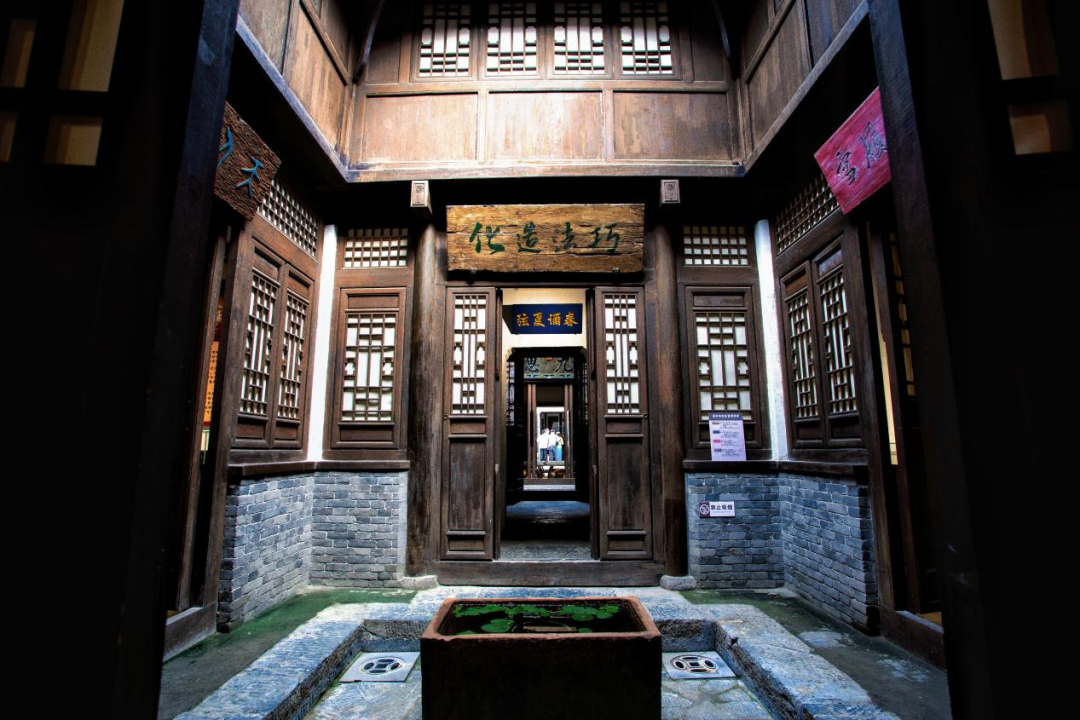
图源:樊城发布
历史上樊城地区会馆众多,现保存较好的有小江西会馆,修建于十八世纪末,山墙上有许多“江西会馆”文字砖。它是襄阳市保留至今唯一的一座仓储式古民居。该会馆是一座二层硬山式七进院落,二楼由天井廊房连通,除了住房,大部分是仓库,仓库设有很多气窗,便于透气和采光。会馆里各天井有天沟接雨水,再由漏筒排入窨井。
There were numerous guilds in Fancheng in history, one of which is existing well-preserved Minor Jiangxi Guild. The guild, firstly built in the late 18th century, is the only ancient residential building of storage style preserved to this day in Xiangyang City. There are many bricks inscribed with Chinese characters "Jiangxi Guild " on the gable walls.The guild features a two-story building of flush gable roof style with seven-bay-deep structure. The second floor of each courtyard is connected by a row of rooms enclosed in all directions with a skylight in the center. In addition to residential rooms, the majority of rooms were warehouses with a number of transom windows functioning as ventilation and lighting. Rain flew into gutters and ran into inspection wells via leakage tubes.
清代这里曾是江西客商堆放货物的地方,也是江西经商办事人员常住和临时下榻的地方。
In the Qing Dynasty, the guild was where Jiangxi merchants stored goods, and business personnel lived permanently and temporarily.
2002年小江西会馆被湖北省人民政府公布为省级重点文物保护单位。现作为襄阳传统漆器博物馆对外开放,除了展示李氏漆器的历史遗存和文创产品外,还展示与襄阳万里茶道相关的漆器精品,以及传统的牌匾楹联等。
In 2002, Minor Jiangxi Guild was announced as one of Provincial-level Key Cultural Relics Preservation Units by Hubei Provincial People's Government. Nowadays, as a Xiangyang Traditional Lacquerware Museum, it is open to the public, not only showcasing the historical relics and cultural and creative products of Li Clan lacquerware, but also displaying exquisite lacquerware works related to Great Tea Route: China-Mongolia-Russia in Xiangyang Section and traditional plaques and couplets as well.
地址:湖北省襄阳市樊城区沿江大道与定中街交叉口以东100米
交通:襄阳东站——襄阳东站公交站G02路(吾悦广场方向)——凤雏大桥北公交站下车(乘坐8站)——沿站台步行至沿江大道后,再往西步行100米到达小江西会馆
自驾:导航至“樊城小江西会馆”即可到达
Address: 100 meters in the east at the crossing of Yanjiang Avenue and Dingzhong Street, Fancheng District, Xiangyang City, Hubei Province.
Transportation: At the Bus Stop of Xiangyangdong Railway Station, take the bus No. G02 (in the direction of Wuyue Commercial Square), get off at the Fengchu Bridge North Stop at the 9th stop, walk along the stop to Yanjiang Avenue and walk 100 meters westward to Minor Jiangxi Guild.
Self-drive Trip: To navigate “Fancheng Minor Jiangxi Guild”.
古隆中
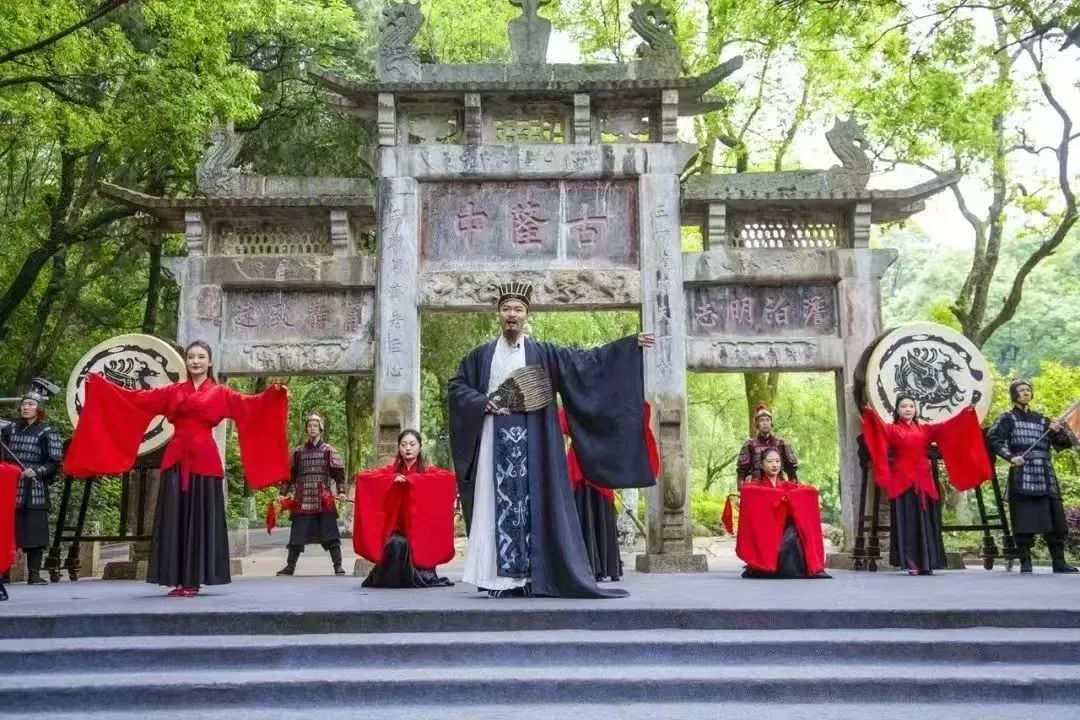
图源:襄阳文化旅游
古隆中又称隆中,”山不高而秀雅,水不深而澄清,地不广而平坦,林不大而茂盛”,自然景观优美 ;同时又有着浓厚的历史文化,因诸葛亮“躬耕陇亩”、刘备“三顾茅庐”,引发《隆中对》,被世人称为智者摇篮,三分天下的策源地。
Ancient Longzhong, also known as Longzhong, boasts natural sightseeing with the fact that “The mountains are not high but elegant, the water is not deep but clear, the land is not wide but flat, and the forests are not large but lush”. Meanwhile it features rich historical and cultural heritage, which is known as the cradle of wisdom and the origin of Three Kingdoms because of the much-told tales, like Cultivation in Seclusion by Zhuge liang, a sage of the Three Kingdoms Period, Three Visits to the Hut by Liubei, the later emperor in Shu Kingdom during the Three Kingdoms Period and Longzhong Strategies proposed by Zhuge liang.
隆中山峦叠翠,溪水潺流,穿过牌坊拾阶而上,武侯祠的白墙黛瓦与夏日竹林,无论是拍摄风景还是汉服摄影都很出片!
In Ancient Longzhong Scenic Area, the mountains are covered in lush greenery, and the streams flow gently. When you step up through the memorial archway, you will be definitely impressed with both landscape photography and Han - style clothes photography perfectly against white walls and blue tiles of the Temple of Marquis and Summer bamboo groves.
1996年,襄阳“古隆中”被国务院公布为第四批全国重点文物保护单位。2022年,古隆中被湖北省人民政府确定为第二批湖北省文化遗址公园。
In 1996, Ancient Longzhong was announced as one of the Fourth Batch of National Key Cultural Relics Preservation Units by the State Council, and in 2022, it was fixed as one of the Second Batch of Cultural Heritage Parks in Hubei Province by Hubei Provincial People's Government.
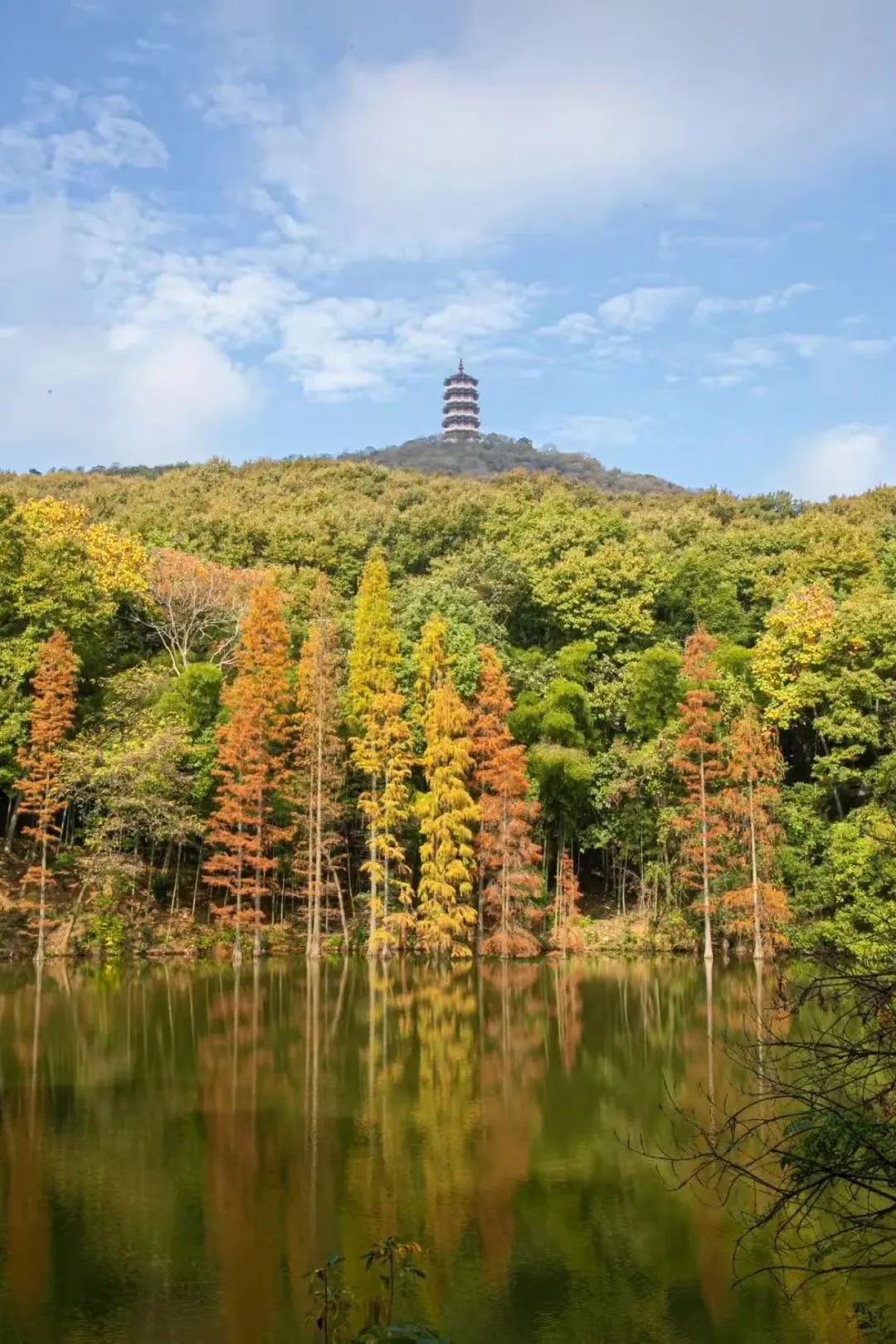
图源:古隆中景区
地址:湖北省襄阳市襄城隆中大道461—1号
交通:襄阳东站——襄阳东站公交站6路(湖北文理学院理工学院方向)——古隆中游客中心北门——步行340到达游客中心
自驾:导航至“古隆中游客中心”即可到达
Address: Longzhong Avenue No. 461-1, Xiangcheng District, Xiangyang City, Hubei Province.
Transportation: At the Bus Stop of Xiangyangdong Railway Station, take the bus No. 6 (in the direction of College of Science and Engineering, Hubei University of Arts and Sciences), get off at the North Gate Stop of Ancient Longzhong Tourist Center, and walk 340 meters to the Tourist Center.
Self-drive Trip: To navigate “Ancient Longzhong Tourist Center”.
襄阳这座承载着千年文明的城市,用它独有的方式诉说着过去与现在,连接着历史与未来。从襄樊码头遗址的悠悠古韵,到抚州会馆的商贾风云,再到小江西会馆的异乡情怀,直至古隆中的智者足迹。每一步都踏着时光的印记,让我们在探寻中,感受襄阳深厚的文化底蕴和独特的城市魅力~
Xiangyang, a city with thousand-year-old civilization, tells its past and present in a unique away, connecting its history glory and future prosperity. From ancient charm of Xiangfan Wharf Site to legends of merchants in Fuzhou Guild, to outlanders' homesickness and unity in Minor Jiangxi Guild, till footprints of the sage living in Ancient Longzhong, every step we walk bears the imprint of time. So, let’s gather Xiangyang, and experience its profound cultural heritage and unique urban charm.
